Story December 8, 2023
2023: A Year in Stories

Each year, we invite our staff to reflect on and share their favorite stories supported by the Pulitzer Center. The request is simple: Tell us about a story that resonated with you, surprised you, or is important in some way.
Some stories may come to mind immediately, such as those that achieved impact or were groundbreaking in uncovering an injustice; while others may surface as you take the time to hit pause: the “slow journalism” that really sits with you and you keep revisiting months afterward, causing you to look at something from an entirely new perspective.
This is one of my favorite projects of the year, as it is a chance to celebrate the incredible work of our Pulitzer Center community, and I always learn something new. It is our chance to pause and reflect.
As our global staff has grown, now representing at least 13 countries, and we embrace our new mission, it is exciting to see how this yearly reflection has evolved. This is an opportunity for our community to hear directly from our team, who amplified these stories and brought them to new audiences, in collaboration with journalists, educators, academics, scientists, and civil society.
We invite you to explore this compilation of 40 stories selected out of over 1,000 published so far this year. These stories help us connect the dots between the Sahara desert and weather patterns in the coastal U.S., and learn more about illegal rosewood trafficking in Senegal, Indigenous rights and language preservation in Peru, eroding water rights and infrastructure in Mississippi, and daily life in Afghanistan after the Taliban’s return. We see many stories of hope, resilience, resistance, and community-based solutions that give us optimism for the future.
The stories represented here underscore the power of journalism to drive positive change. We look forward to sharing more crucial and underreported journalism with you in the year ahead.
Environment and Climate Change
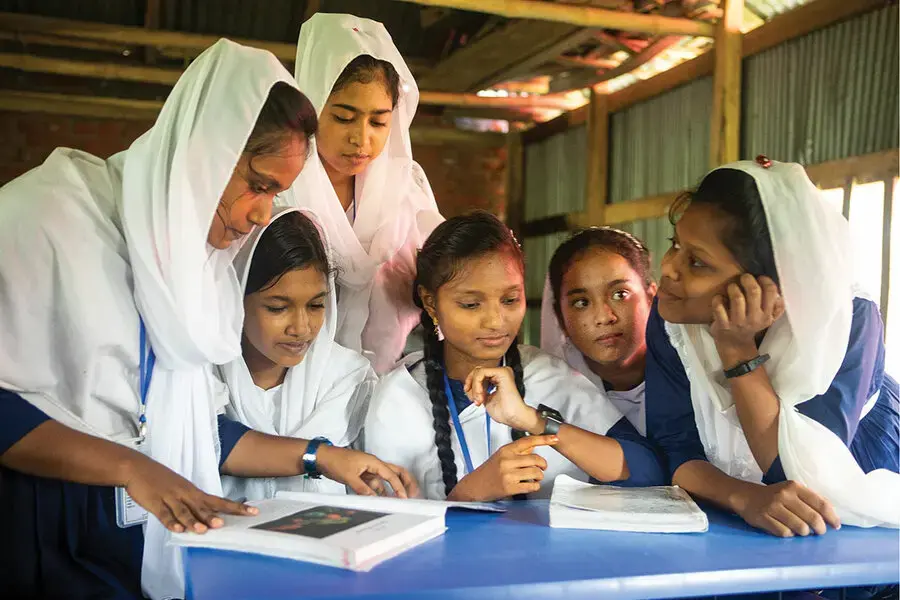
“Climate Change Is Driving a Global Youth Revolution”
By Stephanie Hanes and Sara Miller Llana for Christian Science Monitor
This brilliant multimedia series documents young people leading the climate change revolution: creative thinkers and strong-willed activists in Bangladesh, Turkey, and Namibia—a global network of youth driven to make connections and claim their right to a future.
—Kem Sawyer, Reporting Fellows Program Director
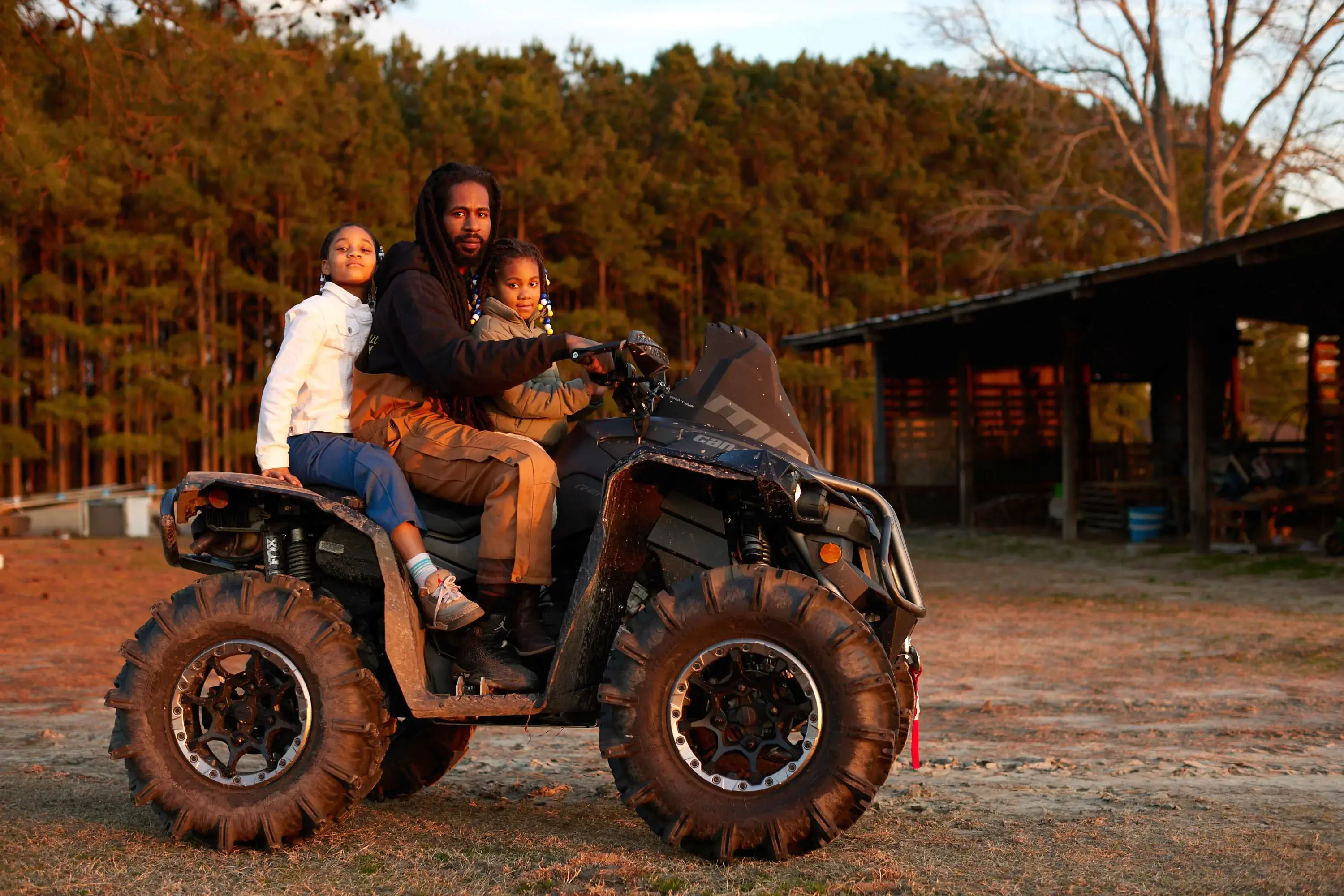
“The Soil Farmers: Black Food Sovereignty and Climate Solutions”
By Justin Cook for NC Newsline
This environmental justice story beautifully outlines the ripple effect that one intentional community can have. Kendrick Ransome and Freedom Org’s approach tackles Black food sovereignty, sustainable agriculture, mutual aid, and accessible education. Playing with dirt is good for your mental health—and so is this story.
—Lucy Crelli, Design and Digital Campaign Manager
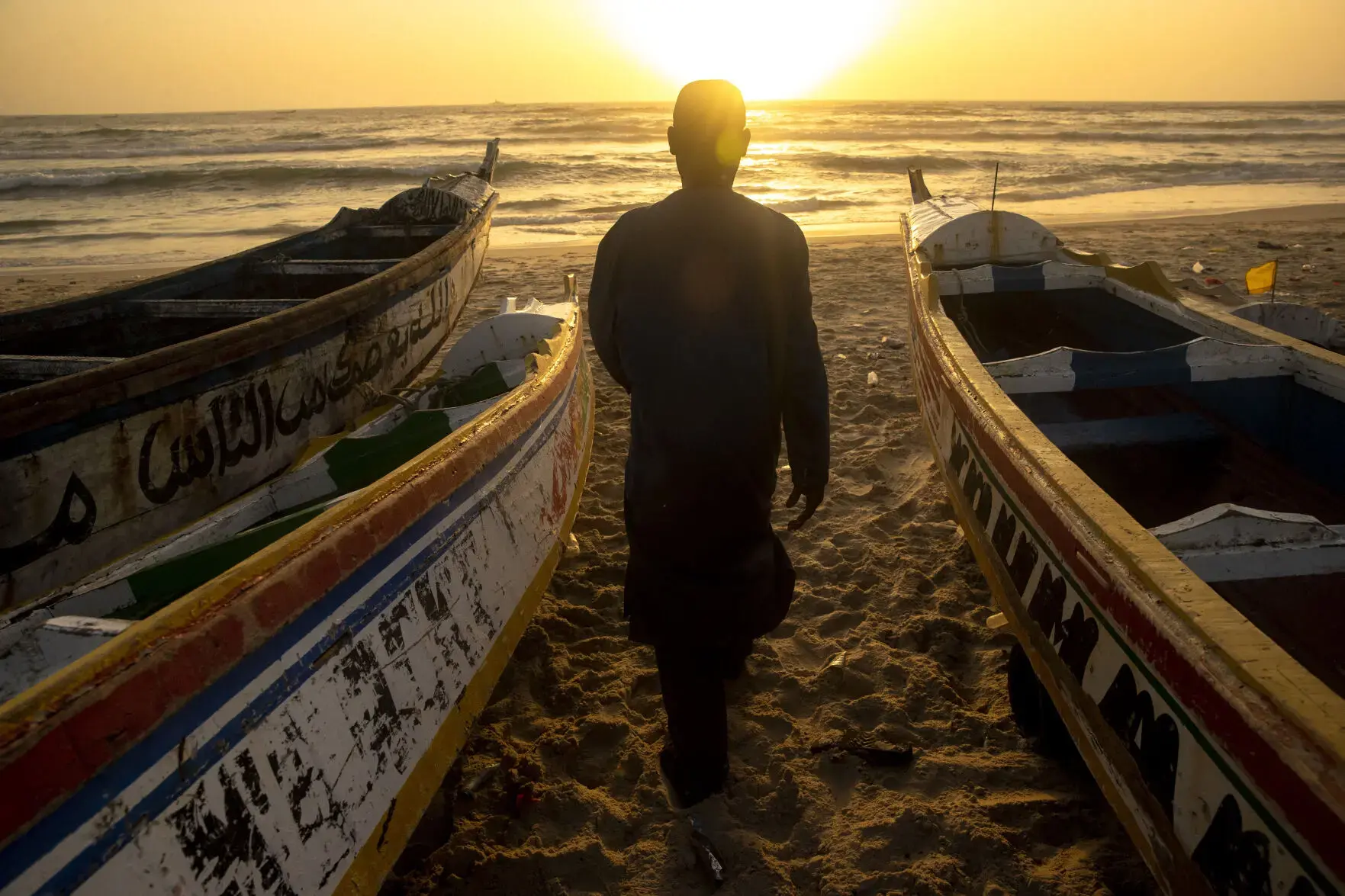
"Will Hurricanes Hammer the East Coast? We Traveled to the Sahara Desert To Find Answers”
By Tony Bartelme and Andrew J. Whitaker for The Post and Courier
The Saharan Connection from grantee Tony Bartelme is an innovative take on climate reporting that documents how meteorological phenomena in the Sahara affect his city of Charleston, South Carolina. Amid these scientific forces, Bartelme highlights the stories of West African scientists pioneering climate research.
—Alexandra Byrne, Editorial Intern
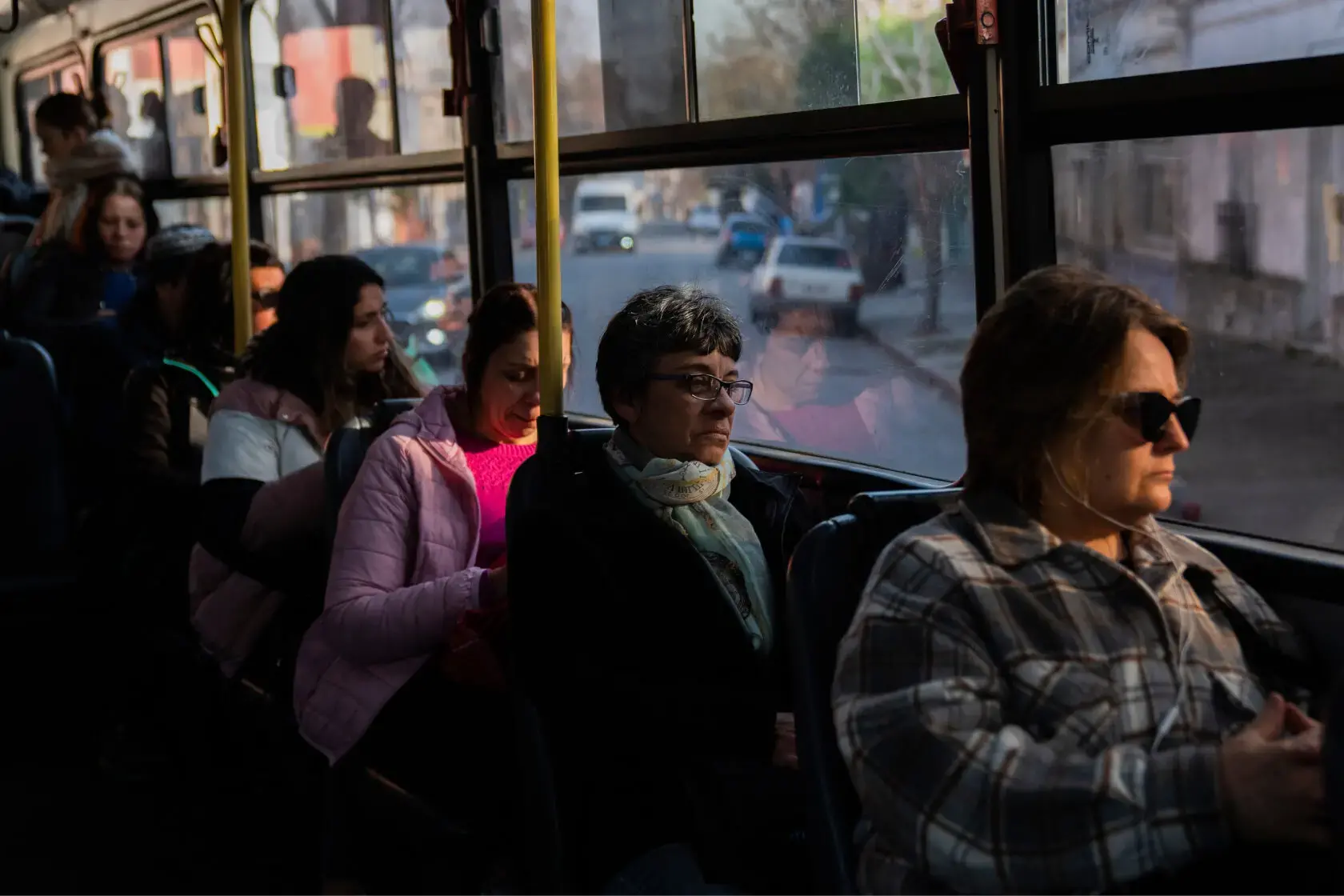
“Climate Change, Mobility and Inequality”
By Miguel Ángel Dobrich and Gabriel Farías for Amenaza Roboto
This story from Uruguay is data rich and shows how to track climate change in real terms, with clear-eyed, science-based predictions of likely floods on bus routes or school property. It has already garnered honors from the World Bank for its strong evidence collection.
—Intan Febriani, Director of International Education and Outreach
Rainforests

Bolivia’s Invisible Amazon and Its Guardians Who Won't Give Up (Spanish)
By Roberto Navia for Nomadas and Los Tiempos
A series about Native peoples, invisible guardians, and survivors of persecution and death threats from political, economic, and criminal powers in the Bolivian Amazon. This project was carried out by journalists from an independent media outlet, with good repercussions and publications in the Bolivian press. The country has little press coverage in the Amazon.
—Fernanda Buffa, Program Coordinator, Environmental Investigations
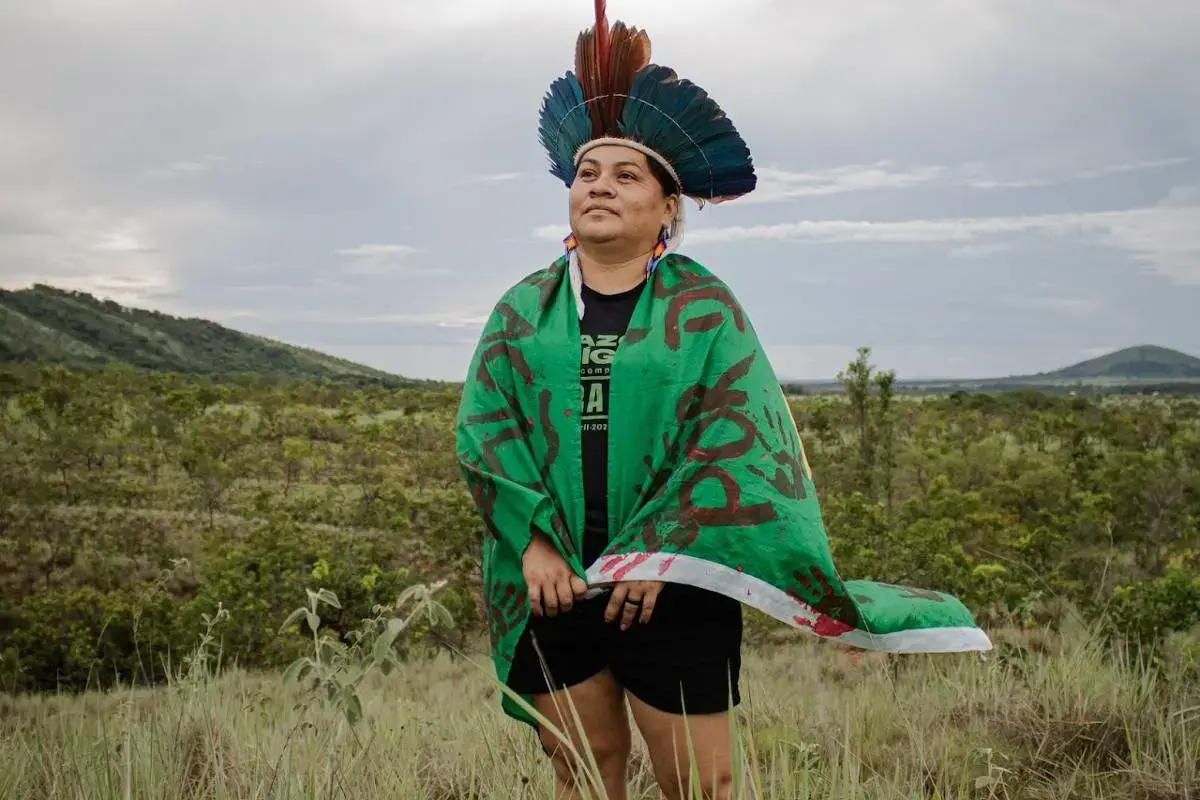
Seeds for a Sustainable Future: Hyperlocal Solutions in Indigenous Lands
By Amanda Magnani and Eric Terena for Folha de S.Paulo, Folha de Roraima, Mongabay, and Al Jazeera
A story in this project is about a traditional seed bank with an increasing involvement of Indigenous youth, in Serra da Lua. A positive report on the Amazon. Amanda Magnani is a young journalist and has done an excellent job of distributing her work to the international media, the mainstream Brazilian press, and small local media outlets in the Amazon, with great impact.
—Verónica Goyzueta, Amazon Coordinator, Rainforest Journalism Fund

“Video: Massive Traffic in Rosewood Between Mali and China; Senegal a Transit Country”
By Bigué BOB, Youssouph Bodian, Pape Ibrahima Ndiaye, and Fatou Laye Mbaye for Sen TV
Good collaborative and investigative work of journalists who investigated illegal rosewood trafficking and succeeded in retracing the route and finding the final destination of the wood. The wood is cut in Mali and transported in trucks through the eastern part of Senegal to the Port of Dakar.
—Augustine Kasambule, Congo Basin Coordinator, Rainforest Journalism Fund

“Food Independence Emergency in the Islands (bahasa Indonesia)"
By Ahmad Arif, Saiful Rijal Yunus, Fransiskus Pati Herin, and Yola Sastra for Kompas
Indonesia has a lot of traditional food sources. In the last 20 years, the government started the food estate projects with millions of hectares of forest area converted into agricultural land. This chosen story is from the third project that focuses on island food issues. The series of reports have created impact, and likely would not have happened without the support of the Rainforest Journalism Fund.
—Harry Surjadi, Southeast Asia Coordinator, Rainforest Journalism Fund
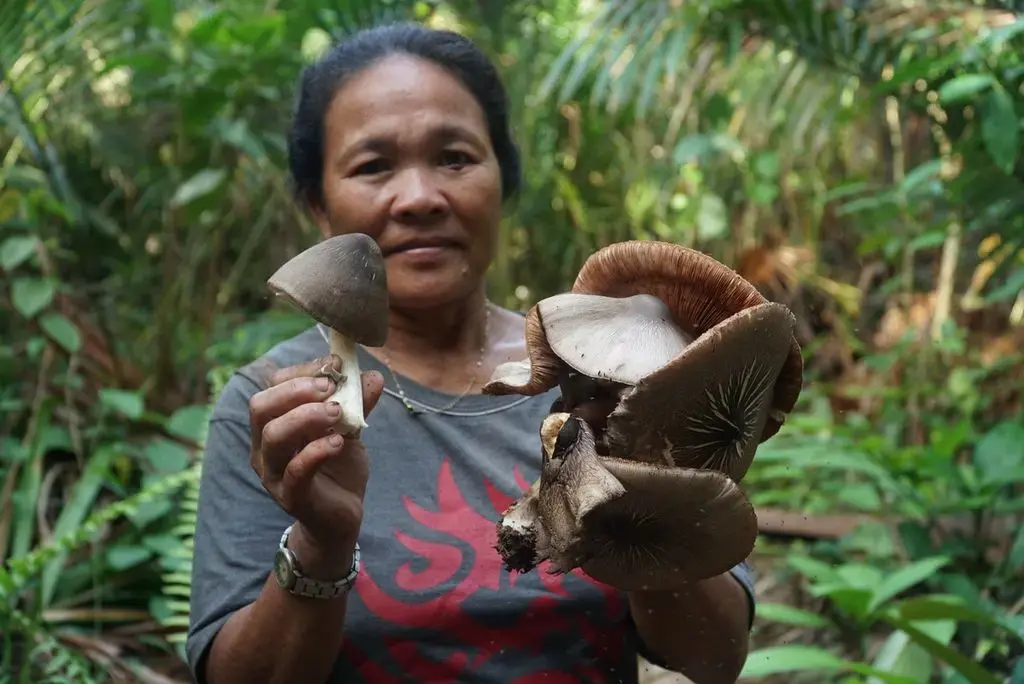
“Colonial Legacy Behind the Marginalization of Local Food Culture (bahasa Indonesia)"
By Ahmad Arif, Yola Sastra, Fransiskus Pati Herin, Saiful Rijal Yunus for Kompas
This story showcases how the current nationwide program to homogenize food resources severely impacted local people’s economy, their identity and dietary traditions, and weakened land resilience. This systemic issue will serve as a reminder for how the Indonesian government plans to tackle the challenges of food insecurity and climate crisis.
—Detty Saluling, Rainforest Journalism Fund Manager
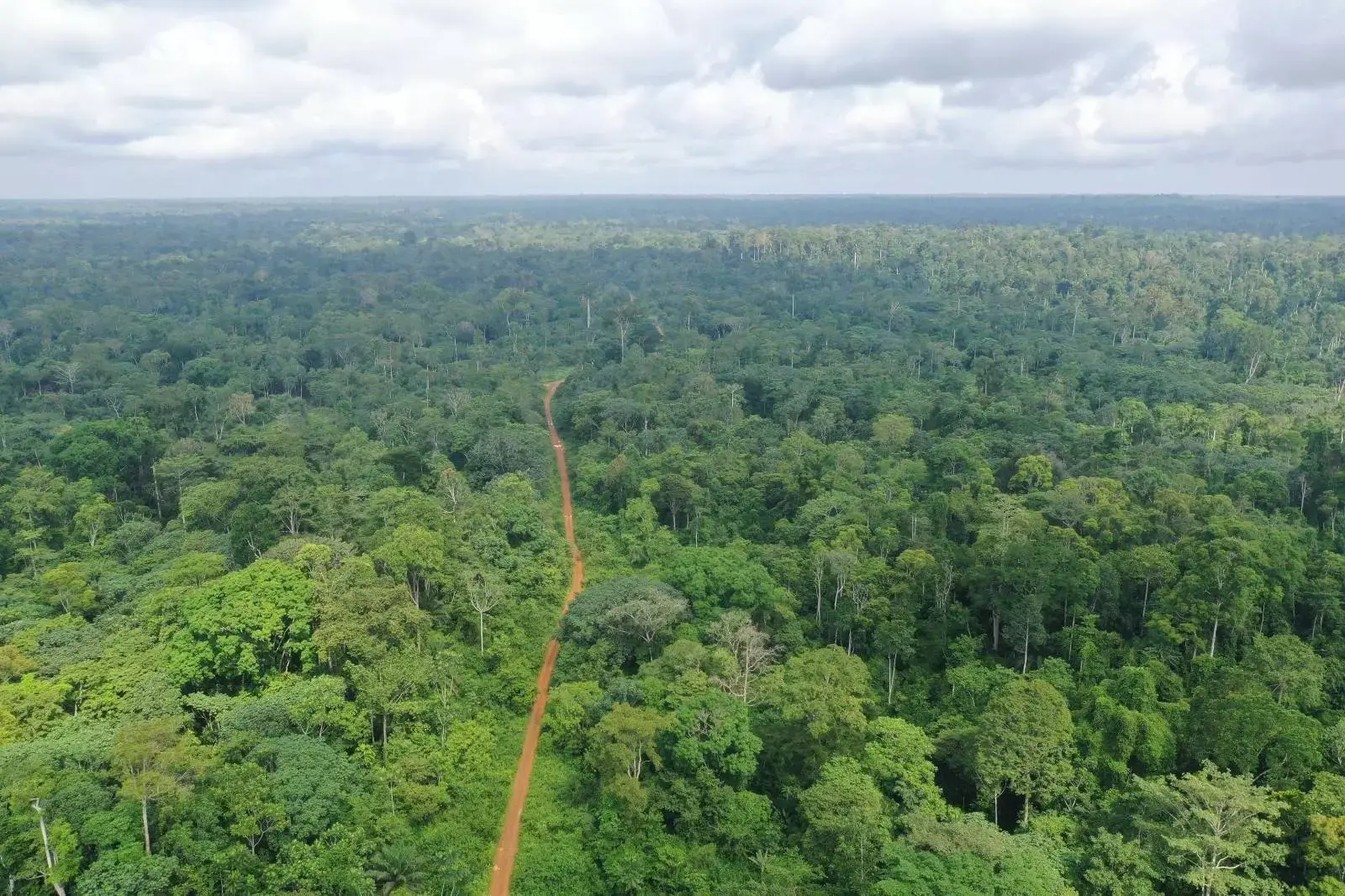
“Cameroon’s Undeterred Illegal Loggers”
By Josiane Kouagheu and Madeleine Ngeunga for InfoCongo
This collaboration between two excellent Cameroonian journalists manages to explain in a crystal-clear narrative the intricate system of illegality that destroys the forests of Congo. You can follow the route of timber through their eyes, notes, and pieces of evidence.
—Gustavo Faleiros, Director of Environmental Investigations
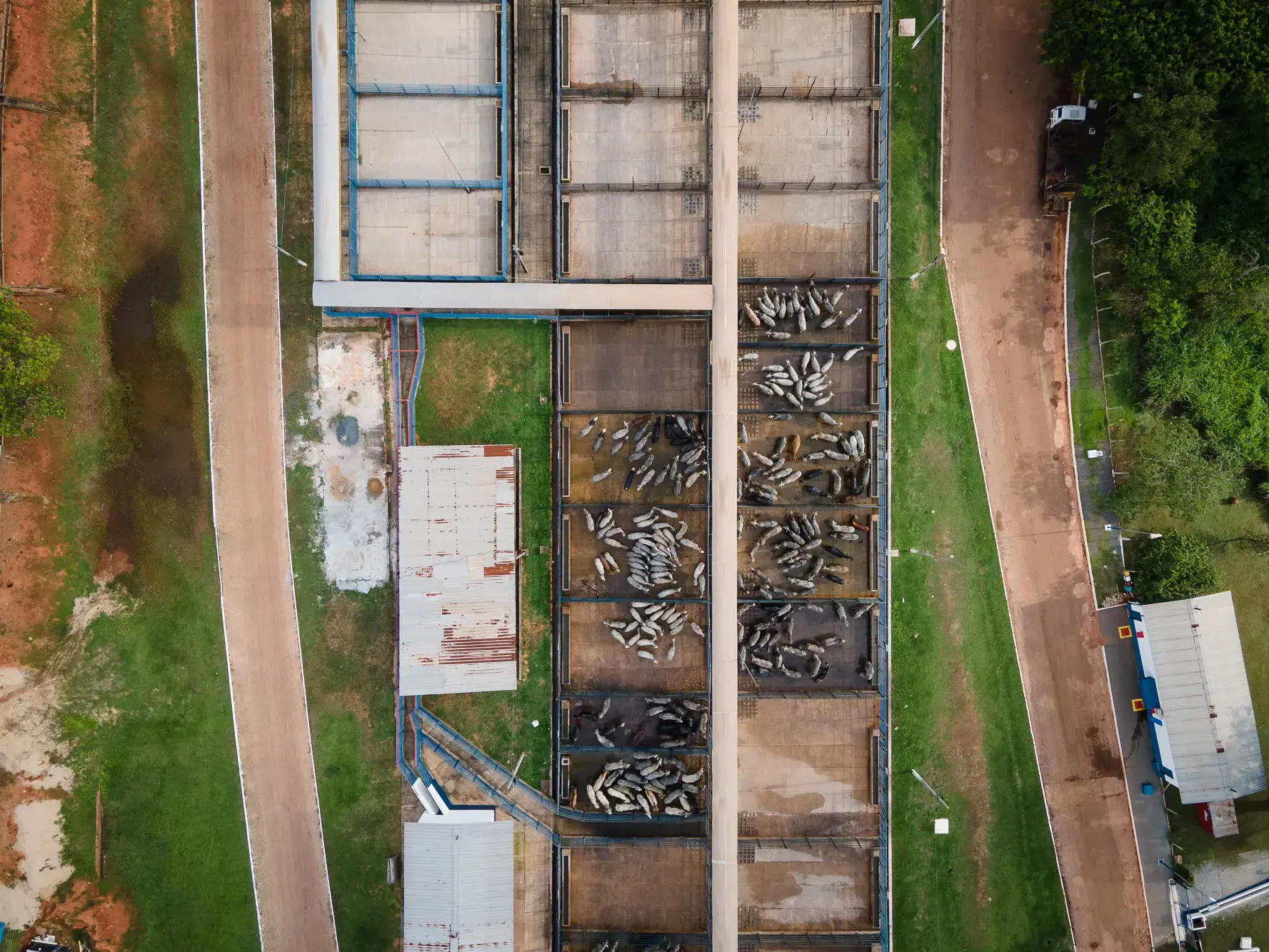
“Collagen Craze Drives Deforestation and Rights Abuses”
By Elisângela Mendonça and Fábio Zuker for The Bureau of Investigative Journalism
This is the story that has lived in my mind most this year. Collagen is everywhere: in supplements, in cosmetics, in hair care. Would there be such a trend for its consumption if everyone knew the truth? An additional methodology piece shows how the investigation pieced together the supply chain, from the forest to your medicine cabinet.
—Alexandra Waddell, Digital Content Coordinator
Oceans
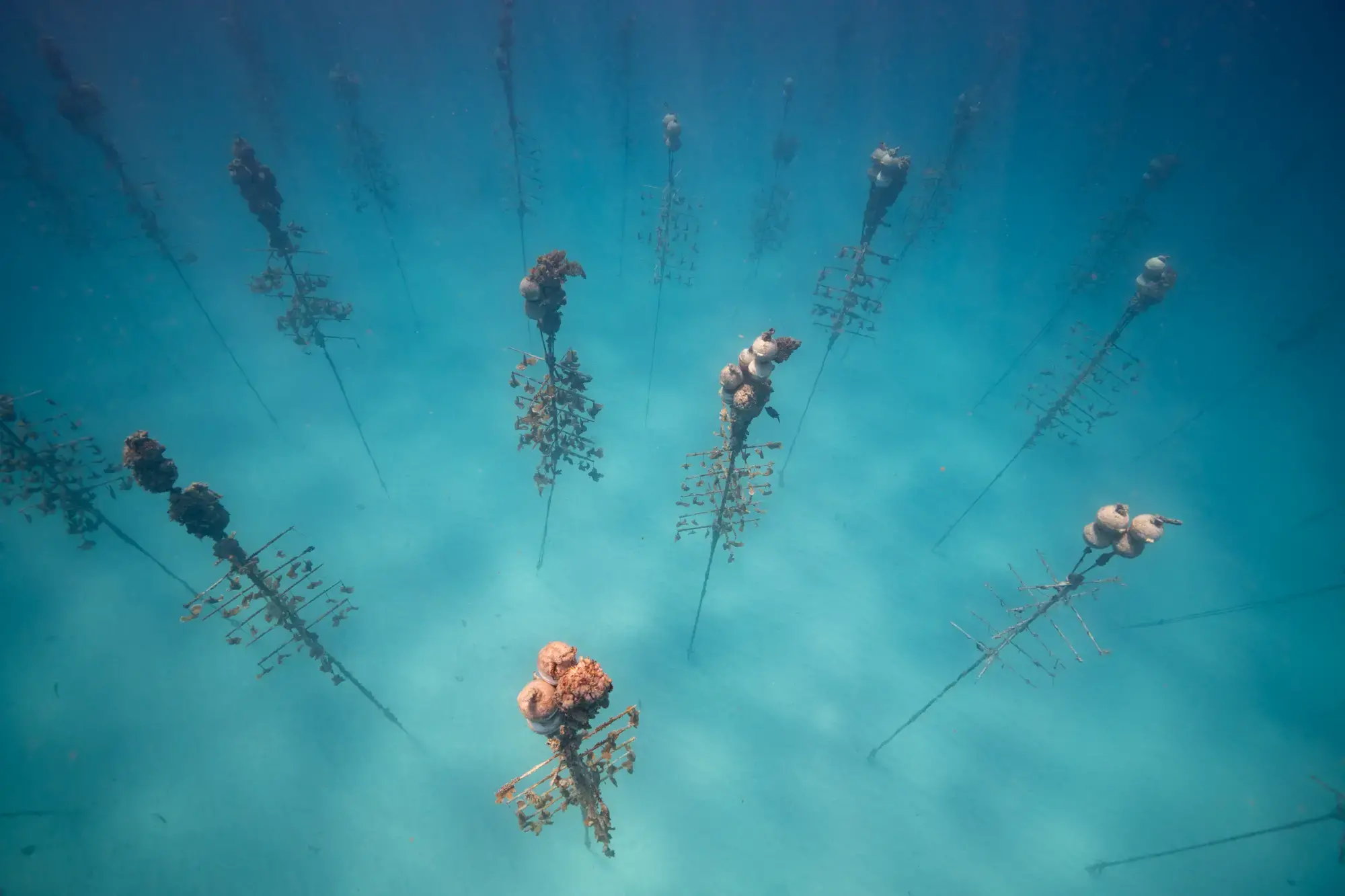
“America’s Most Iconic Coral Reef Is Dying. Only One Thing Will Save It”
By Benji Jones and Jennifer Adler for Vox
This story went further and deeper than the regular headlines about the extreme marine heat waves affecting Florida's coastal waters. Jones and Adler arrived just in time for a night dive, which captured a rare coral spawning event, and documented efforts to save and restore the reef.
—Jessica Aldred, Ocean Editor
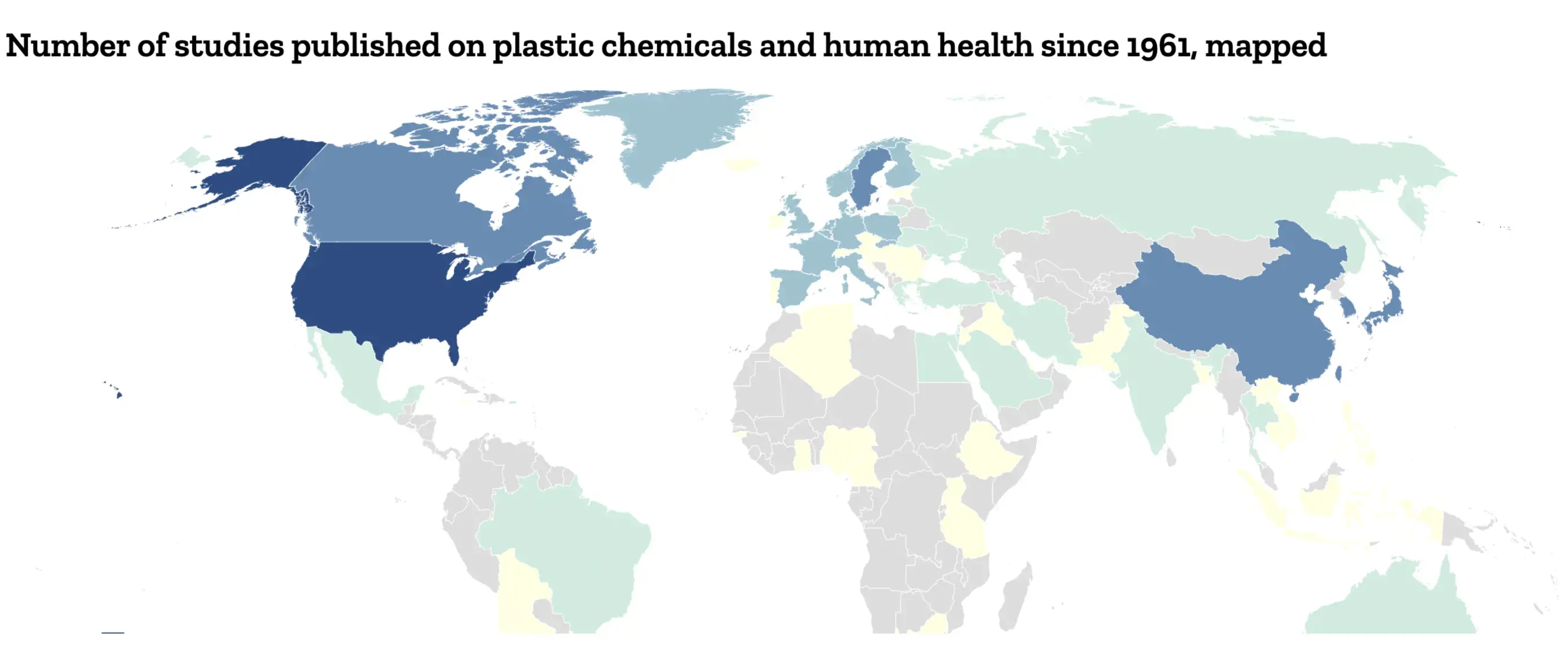
“There’s Almost No Research on the Health Impact of Plastic Chemicals in the Global South”
By Aryn Baker for TIME
Baker's clear and compelling analysis of the data, or lack thereof, on the health effects of plastics pollution among the most vulnerable populations on Earth makes a compelling case for stronger regulation and accountability at a time when the production of these hazardous materials is set to explode.
—Mark Schulte, Director of K-12 Education

“Competing for Fish: How One Dutch Company Is Slowly Taking Over Much of Europe’s Fishing Sector”
By Regin Winther Poulsen for Follow the Money
This story takes the incredibly complex issue of European fishing rights and quotas and makes it accessible and relatable, showing the audience why they should care about the concentration of money and power in the hands of a few companies.
—Jessica Aldred, Ocean Editor
Climate and Labor Rights

“El trabajo en riesgo ante un calor que no es normal” ("Work At Risk in the Face of Unseasonable Heat")
By Jazmín Acuña, Romina Cáceres, Juliana Quintana, Josué Congo, and Maximiliano Manzoni for El Surtidor
With this piece, the reporters manage to connect in a very tangible and sensitive way how the rising temperatures are affecting delivery workers—and gives the message of how the drama can soon reach other urban workers. On top of that, are their creative investigative methods and the detailed solution-oriented approach, leaving no holes to be filled.
—Flora Pereira, Chief Engagement and Education Officer
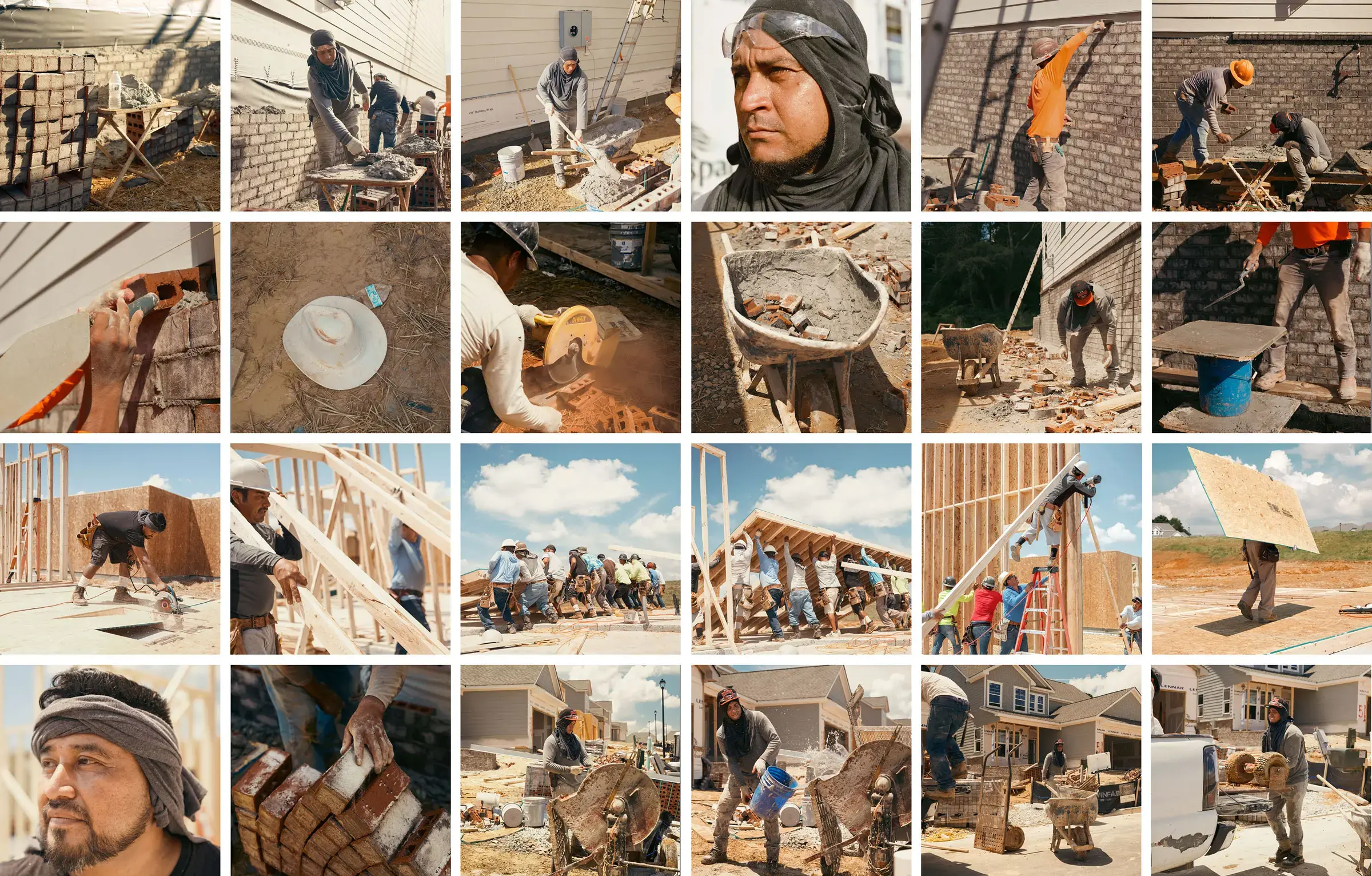
“Extreme Heat Is Endangering America's Workers—and Its Economy”
By Aryn Baker for TIME
This project, in print and on radio, tells how heat stress is affecting workers and potentially the biggest economy in the world. Reported in the United States, it illustrates the stakes of climate change on our health and work possibilities. And it educates audiences—whether they read or listen to news.
—Christine Spolar, Climate and Labor Editor
Global Health
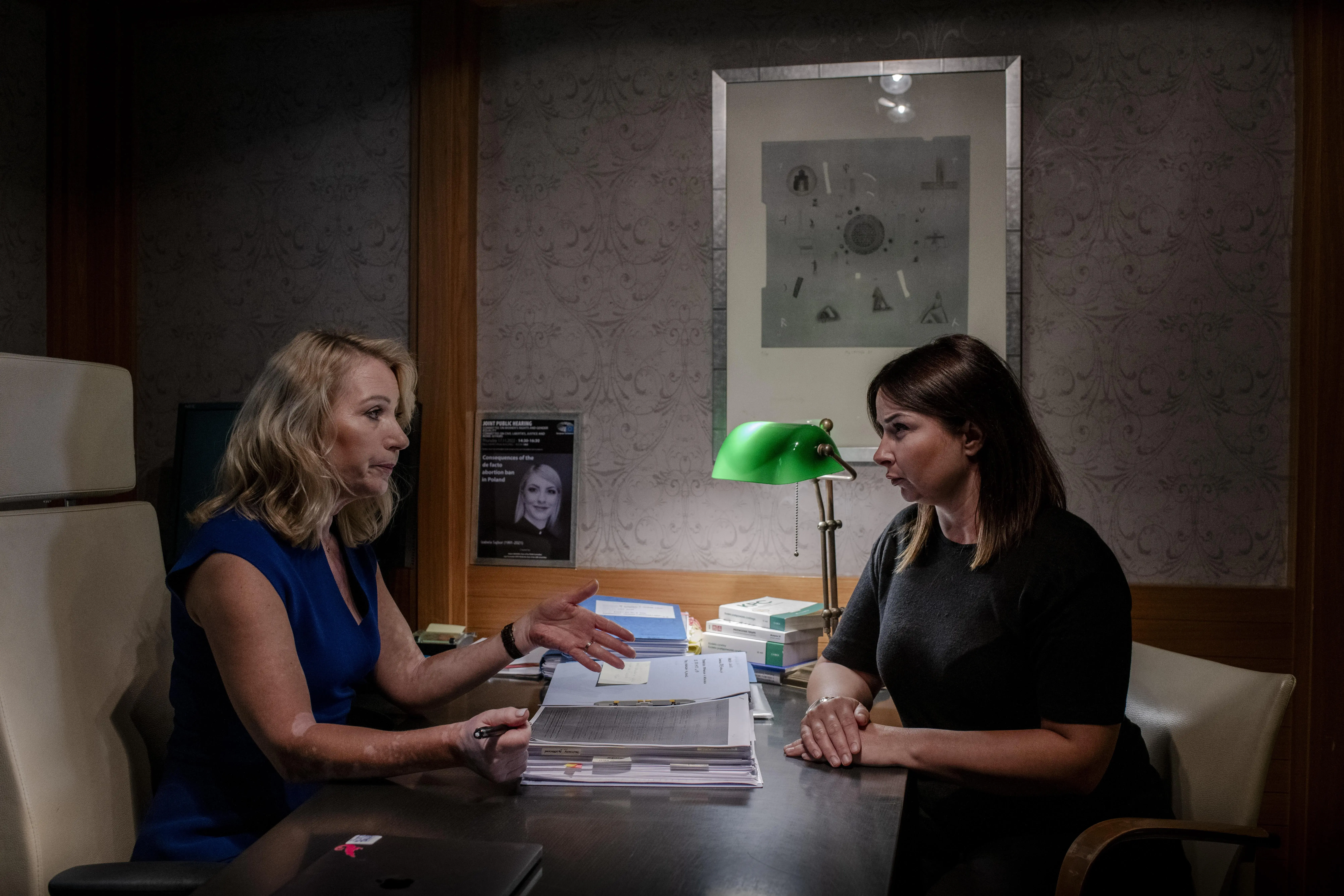
“6 Stories Show the Human Toll of Poland’s Strict Abortion Laws”
By Anna Pamula and Kasia Strek for TIME
As U.S. states move to ban and restrict abortion, two Eastern European journalists produced a deeply reported TIME story and photo essay that's a chilling cautionary tale. The reporters patiently earned the trust of grieving families and documented untold deaths. And they showed that Poland's ever-tightening abortion laws have led to women dying of sepsis and suffering through forced births that endangered their lives.
—Susan Ferriss, Senior Editor
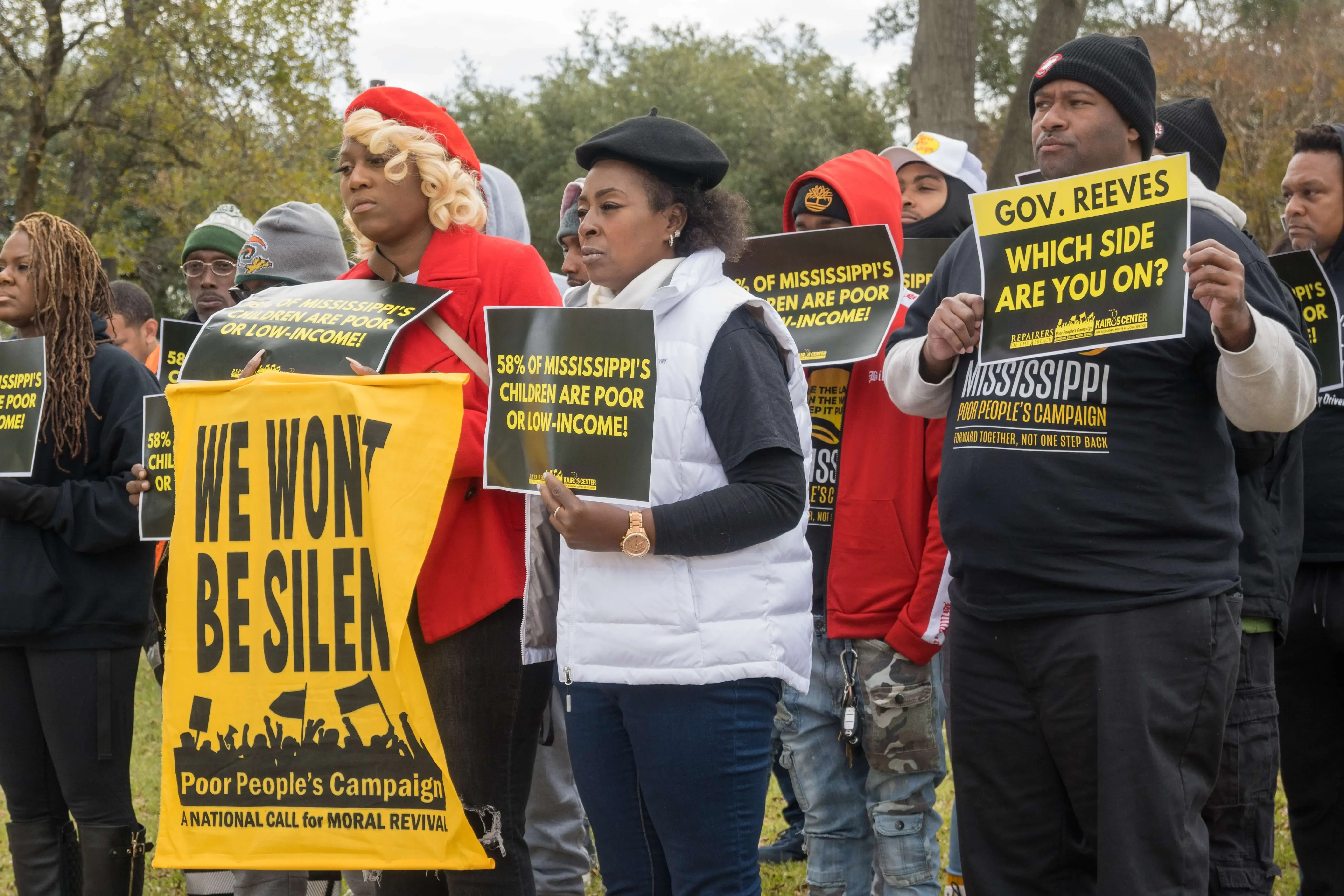
“Broken by Design: A Special Report on Jackson’s Water System”
By Hadas Thier for the Jackson Advocate
Grantee Hadas Thier reported on the decayed water infrastructure in Jackson, Mississippi. Thier's reporting anatomizes economic, geologic, and social systems without forgetting that water is the stuff of life. Jacksonians, tired of boiling their water, have reached their boiling point, but they come together "again and again to support each other."
—Ethan Widlansky, Program Coordinator, Campus Consortium & Outreach

“Addiction Ravaged My Family and Tribe. I’m Fighting to Get Them Back.”
By Judith Surber, Justin Maxon for The New York Times
Justin Maxon uses film photography to create images that present snapshots of Judith Surber's life through a lens of empathy, understanding, and emotional nuance. Maxon does this while centering Surber's voice throughout, combining his photos with her writing to produce a resonant story that has profound personal relevance for them both.
—Daniel Vasta, Multimedia and Digital Marketing Coordinator

Conversations With Sydney
By Micah Fink and Sydney Fink for WBGO Studios
The Conversations with Sydney podcast series offers an informed, in-depth, and intimate resource to start, and continue, conversations about mental health. Micah Fink and his non-binary teenager, Sydney, create a comprehensive entry point to learn, discuss, and reflect on various mental health topics, and consider solutions for youths, parents, schools, and communities to utilize when addressing mental health crises. I consider the project an invaluable resource that can produce true positive impact among its listeners.
—Elliott Adams, K-12 Communications and Marketing Assistant
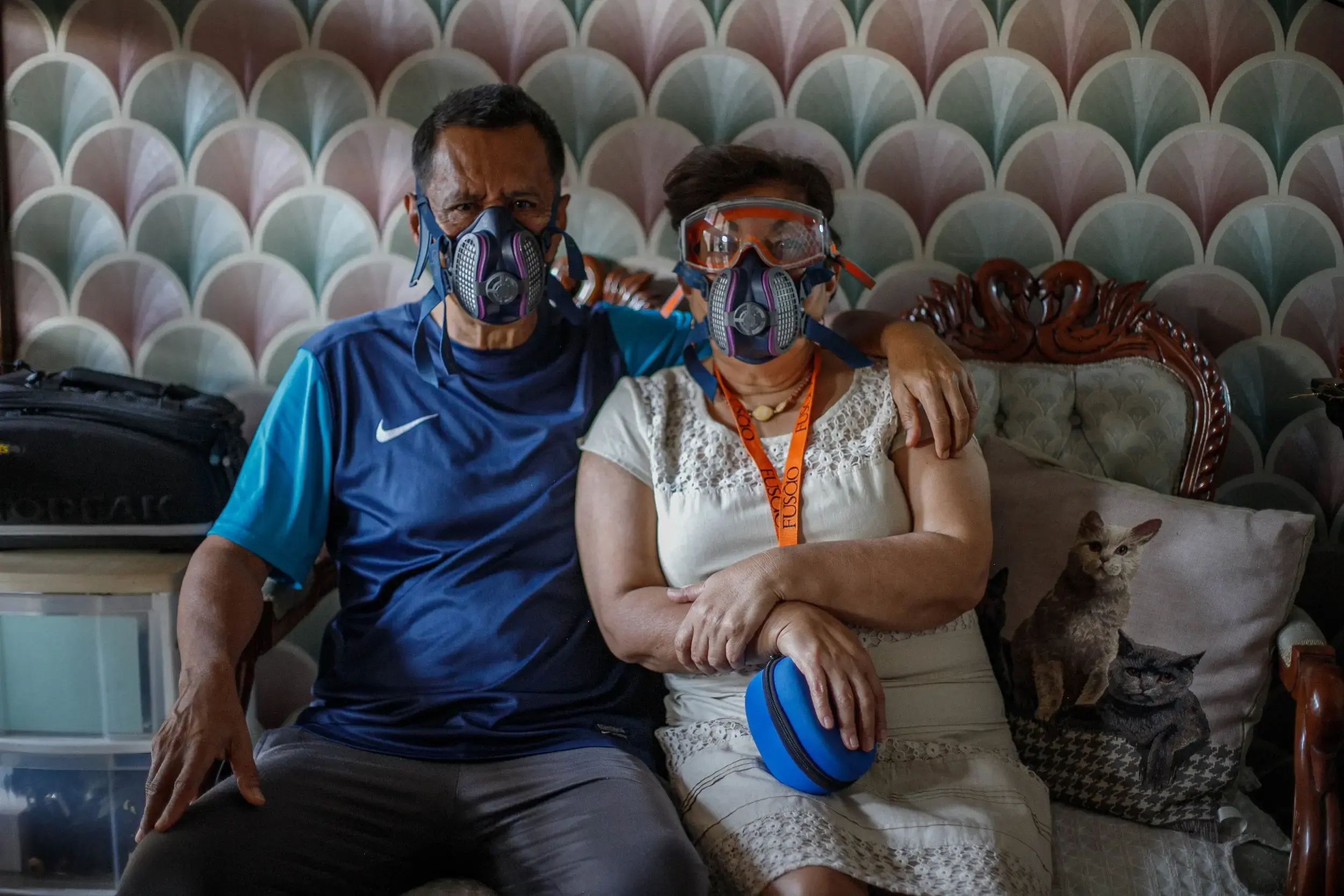
“Those Who Don't Exist”
By Alice Pipitone and Quetzalli Blanco for palabra.
By centering the voices of people with long COVID in Mexico, journalists counter powerful institutions' inability or refusal to acknowledge chronic illness. Such acknowledgement is a prerequisite to making medical care and social services accessible to the millions of people suffering from this condition worldwide.
—Hannah Berk, Senior Program Manager, K-12 Education

“The Rise of Indigenous Doulas”
By Jenna Kunze and Jessica Lázaro Moss for Native News Online
A team of Indigenous doulas are reclaiming birthing practices and saving lives by providing maternal care to improve health outcomes for Native women. A powerful example of community-based solutions, hope, and resilience told through compelling visual storytelling.
—Sarah Swan, Director of Communications and Audience Engagement
Human Rights
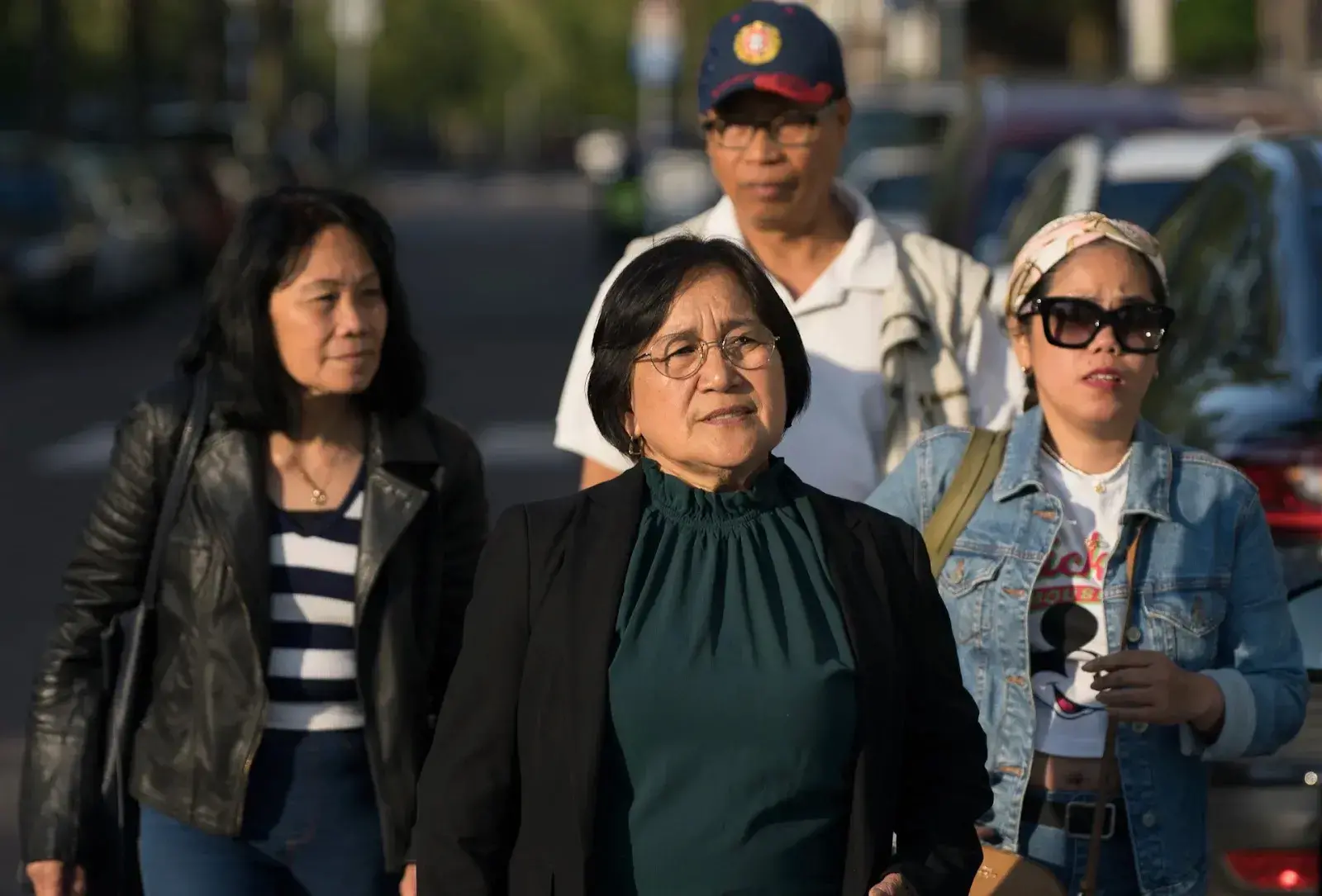
"For Many Abused Migrant Domestic Workers, the Only Way Out Is To Flee"
By Ana P. Santos, Michelle Abad, and Pauline Macaraeg for Rappler
This multi-country investigation is yet another example of how often people who migrate face exploitation with little support or justice. As climate change, increased conflict, and struggling global economies compel people to migrate, stories like this amplify the urgency to protect the vulnerable.
—Sushmita Jaya Mukherjee, Program Manager, K-12 Education

“The Queens of Queen City”
By Michael O. Snyder and Rae Garringer for Virginia Quarterly Review
With the exponential increase of anti-trans legislation, this glimpse into a thriving rural LGBTQ+ community is a vibrant testament to queer sapience and resilience, and the power of intergenerational communities. Garringer’s enthralling narrative and Snyder's stunning photography remind us that queer joy can be found everywhere.
—Mikaela Schmitt, Program Coordinator, Campus Consortium & Outreach

Mother Wit
By Te Shima Brennen and Rajvi Desai
Te Shima Brennen and Rajvi Desai's film about a Black trans matriarch's impact on her community in New York is deeply personal and incredibly moving. These Reporting Fellows reported with intimacy and care, getting to know their sources and capturing their humanity through every step of the reporting process.
—Jazmyn Gray, Program Coordinator, Reporting Fellows
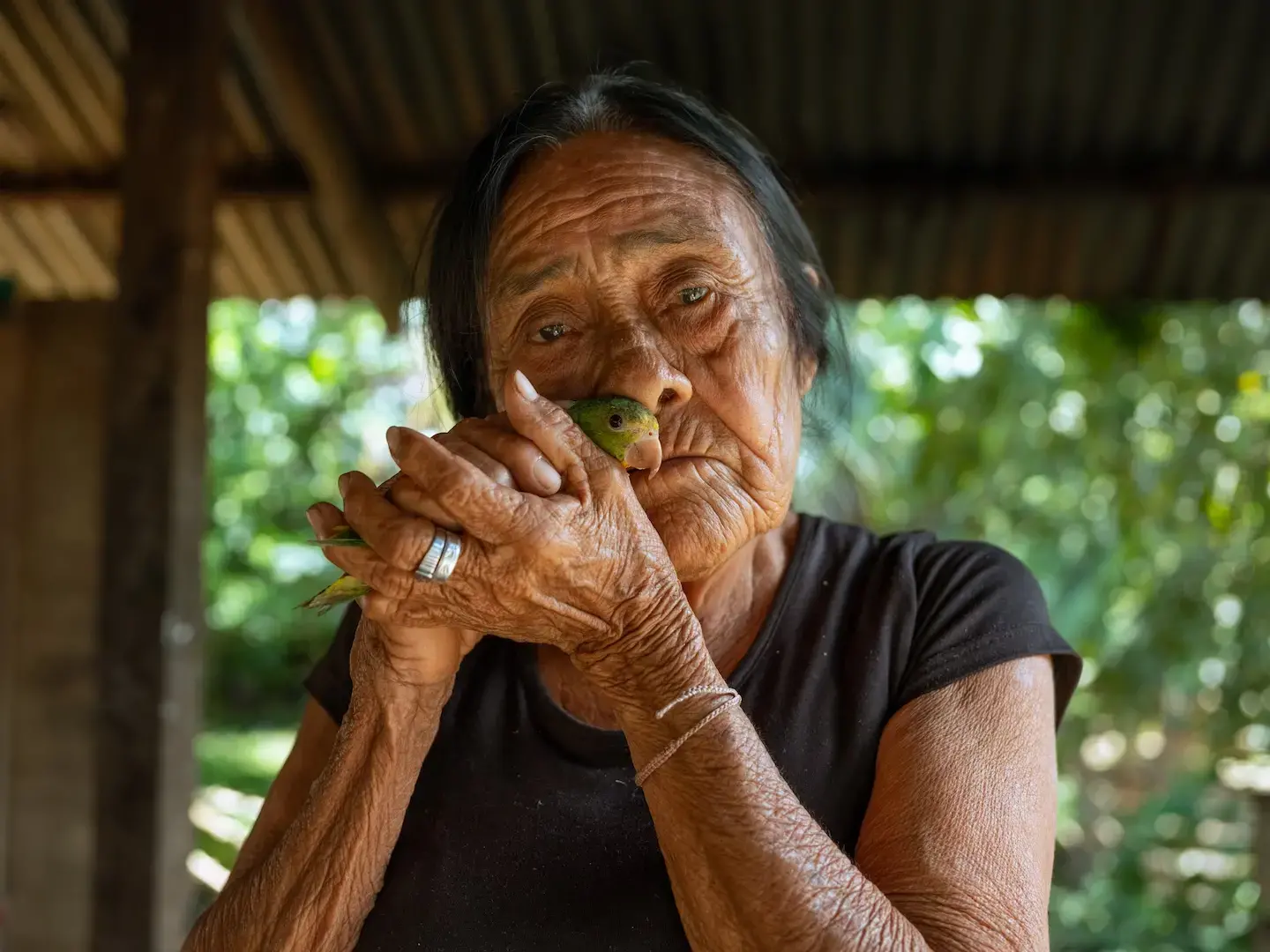
“The Race To Extract an Indigenous Language From Its Last Lucid Speaker”
By Simeon Tegel and Florence Goupil for The Washington Post
The story delves into the relationship between a linguist and the last native speaker of an Indigenous language spoken in the Amazon. Their journey of preserving the language is heartwarming as you learn about the unusual duo's camaraderie. They have grown accustomed to the process, to having each other around. It serves as an important documentation of the rich culture that the Amazon hosts.
—Maseera Khan, Rainforest Journalism Fund Intern
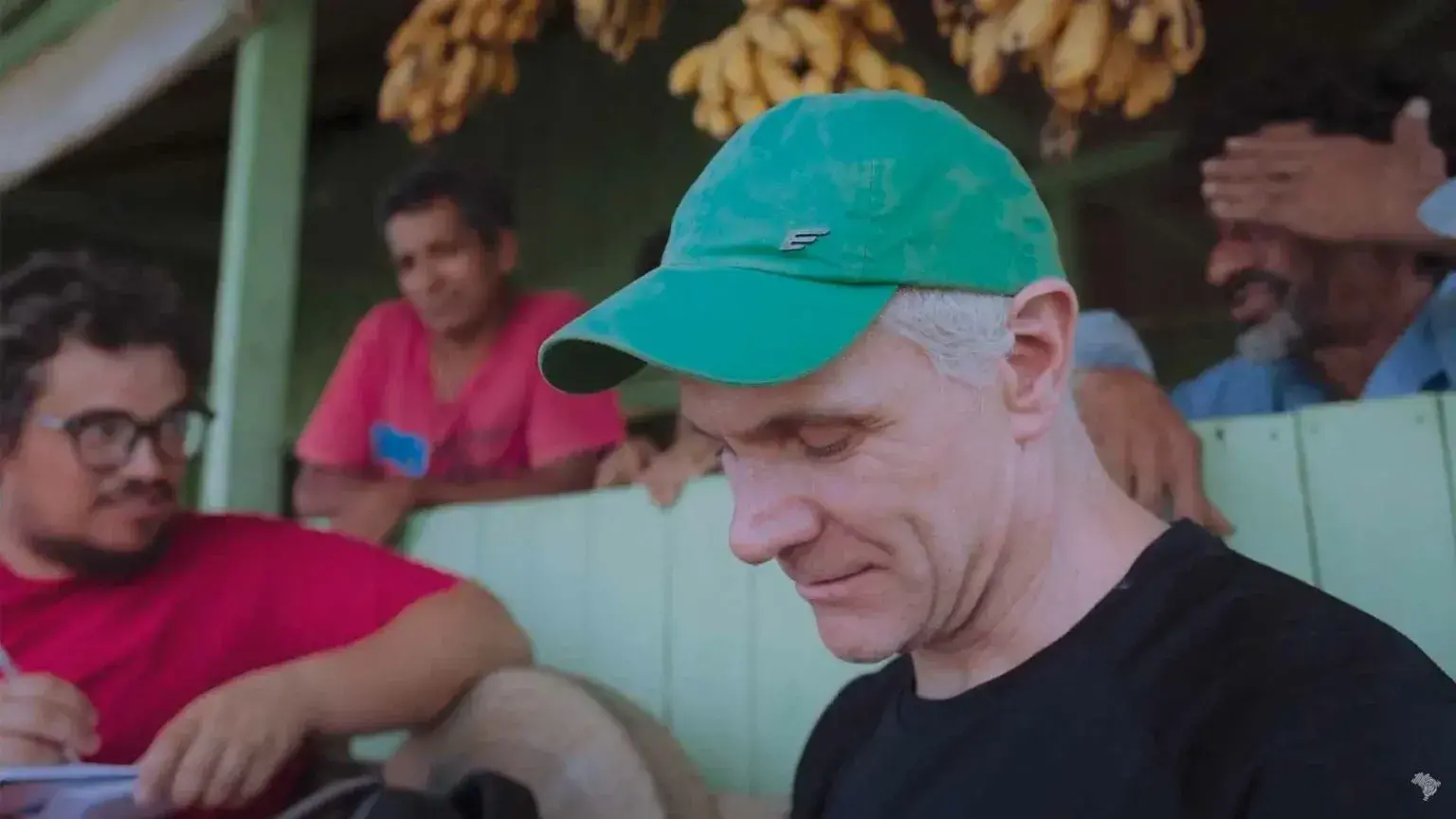
“A New Film Highlights the Dilemmas of Journalism in the Amazon After the Murder of Dom Phillips”
By Daniel Camargos and Ana Aranha for Réporter Brasil
The documentary Reports of a War Correspondent in the Amazon (Relatos de um correspondente da guerra na Amazônia), by Daniel Camargos and Ana Aranha for Repórter Brasil, is a very personal film. Camargos’ on-screen vulnerability confronts viewers with the emotional impact of the dangers of environmental reporting, and of losing a colleague and friend.
—Jelter Meers, Research Editor, Environmental Investigations
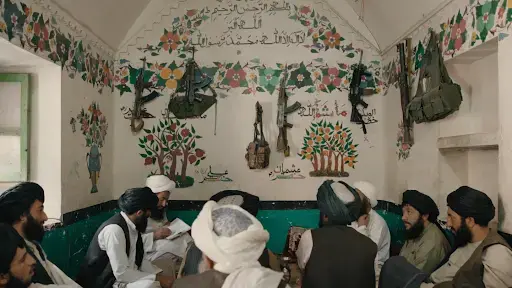
“Swift Justice Looks Inside a Sharia Courtroom”
By Anand Gopal and Victor J. Blue for The New Yorker
A rare and surprising glimpse into how justice is meted out in the Taliban's Sharia courts.
—Tom Hundley, Senior Editor
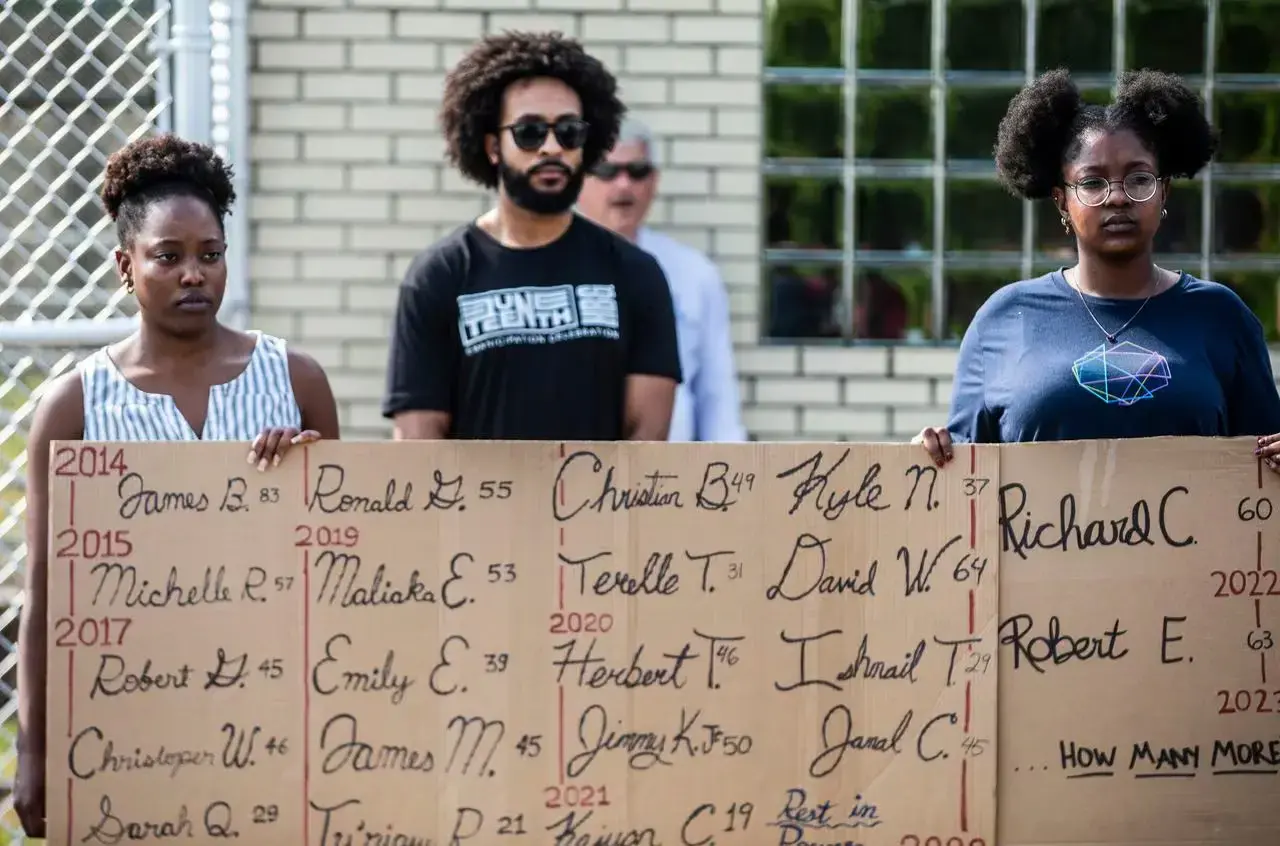
Uncovering Deaths in Pennsylvania Jails
By Brittany Hailer and Joshua Vaughn for Penn Live
Every year, an unknown number of people die in jails across Pennsylvania. Reporters Brittany Hailer and Joshua Vaughn used Pulitzer Center support, legal action, and dogged pursuit of autopsy reports to build the first-ever death-in-jail-custody database. Their investigation uncovered 65 deaths in jail custody last year, with only 40 properly reported as required. This groundbreaking reporting project paves the way for greater transparency and more humane treatment in Pennsylvania’s jails and promises to hold state officials accountable for what happens on their watch.
—Steve Sapienza, Senior Strategist, News Partnerships
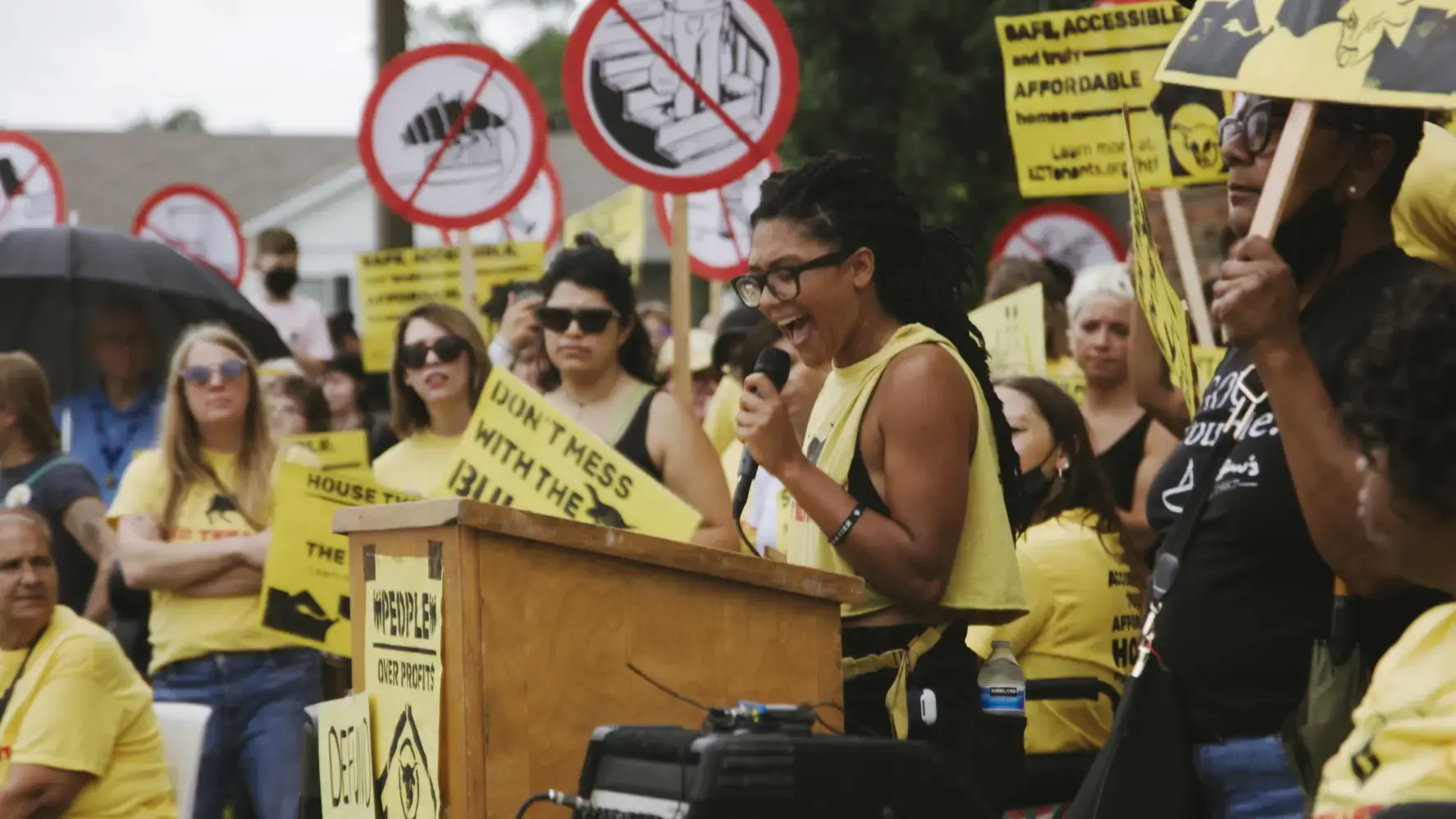
“Renters Are in Revolt. This Tenant Union Plans To Get Them Organized”
By Isabel Evans and Marley Cogan for TIME
A hopeful story about what TIME refers to as a new, “rent-burdened” class of Americans organizing for affordable housing. The coverage underscores the power of tenant unions to champion reforms.
—Cate Riccio, Development Assistant

“The Dissident”
By Sonia Faleiro for The Intercept
This piece by Sonia Faleiro tells the story of Umar Khalid, a Muslim peace activist jailed in India, and unveils Prime Minister Narendra Modi’s administration's repression of citizens who oppose his Hindu nationalist agenda. By tying Khalid's imprisonment to the larger political context, Faleiro sheds light on increasing authoritarianism in the world's largest democracy.
—Grace Jensen, Digital Production Assistant
Peace and Conflict
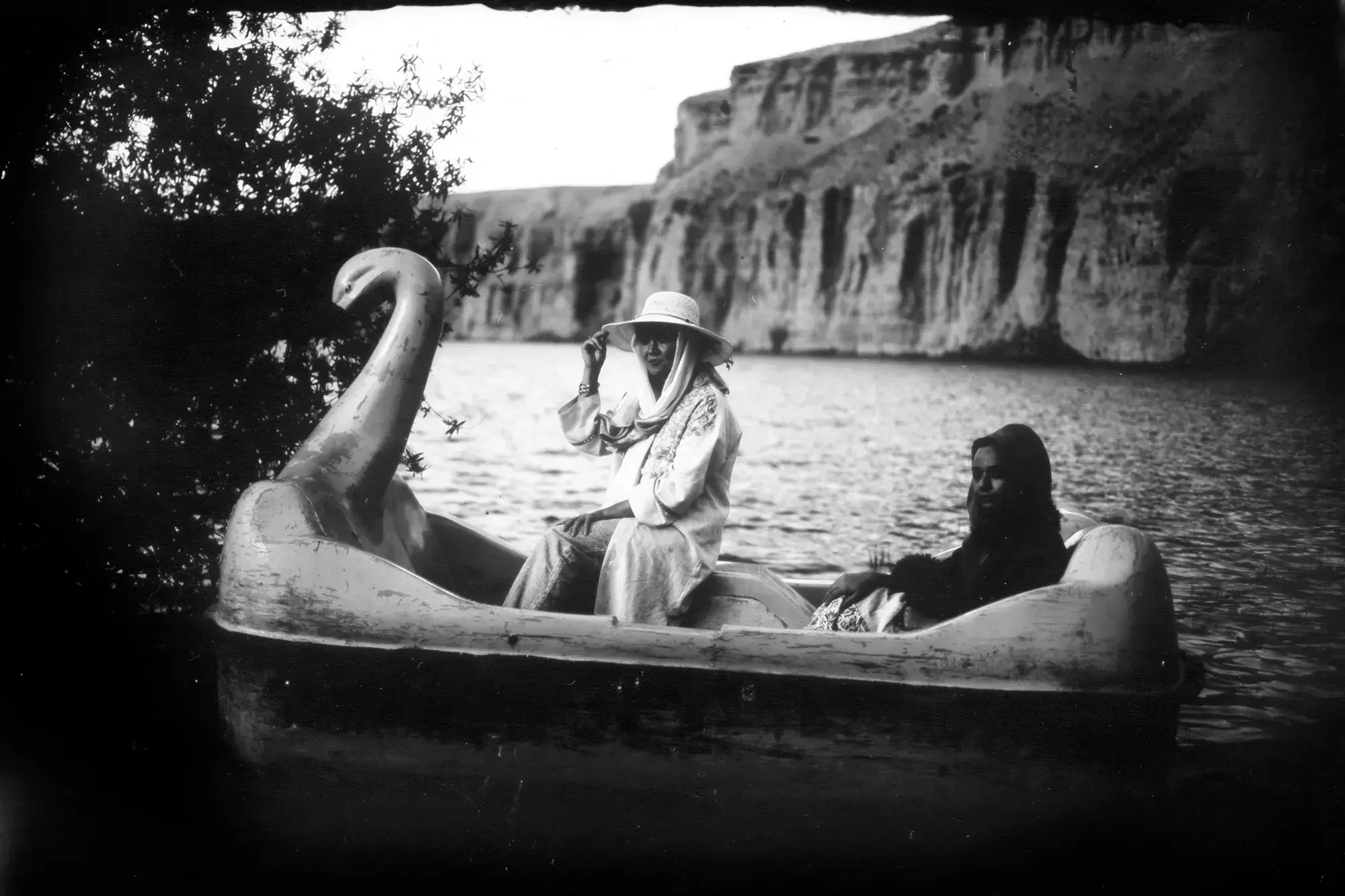
Afghanistan in a Box
By Rodrigo Abd for Associated Press
A stunning multimedia look at Afghanistan today that centers on Rodrigo Abd's use of an old-style box camera to reveal aspects of Afghan life rarely presented with such intimacy, by turns heartbreaking and inspiring both.
—Jon Sawyer, CEO and President
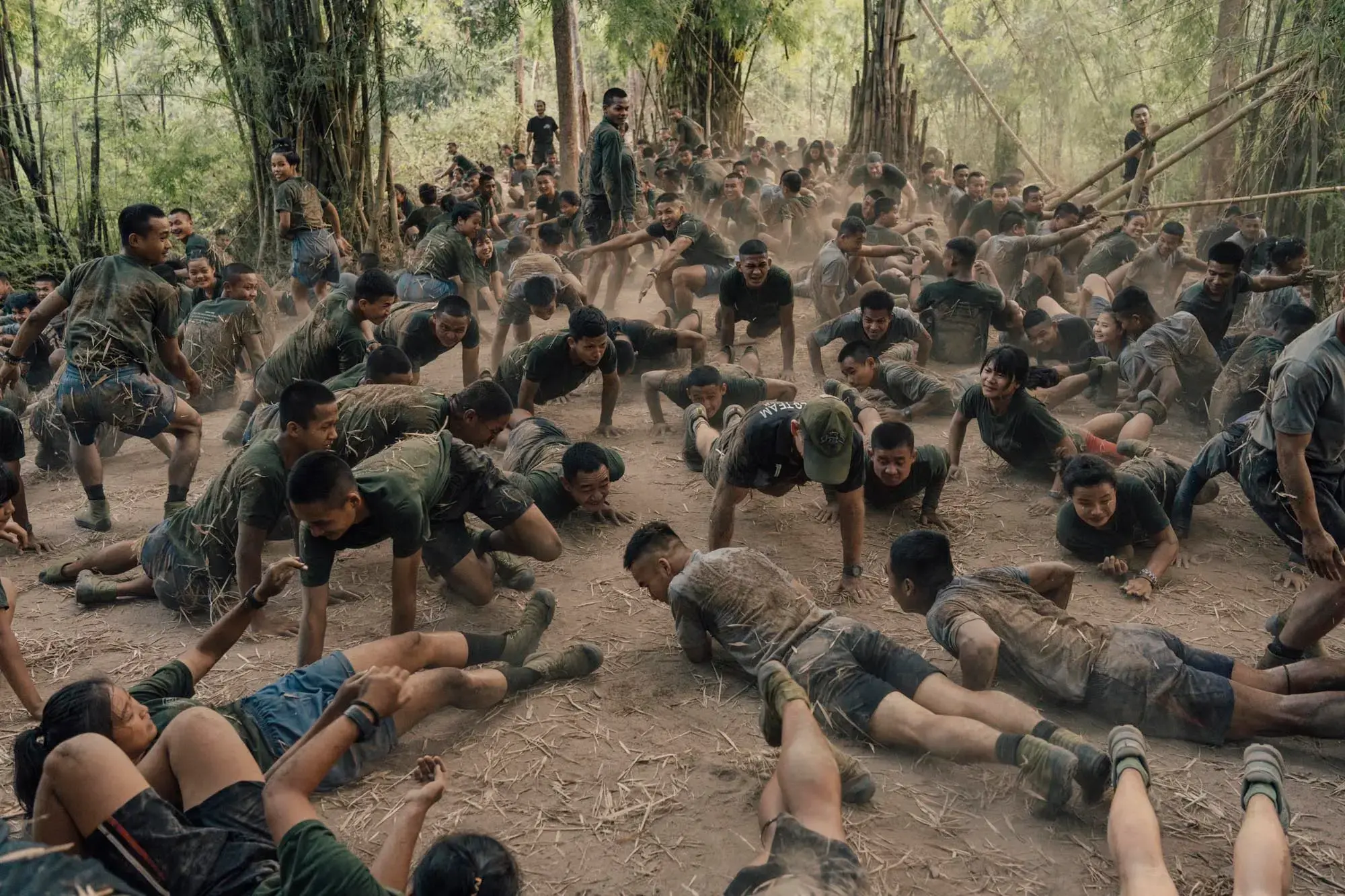
“Zealot or Savior? This U.S. Minister Is Training Rebels in a Civil War”
By Jason Motlagh for Rolling Stone
Jason Motlagh weaves together crisp writing and deep reporting. I was drawn to the story because of the focus on war crimes. I learned so much more about the world's longest civil war—seven decades—and about a side of the conflict that blurs lines between humanitarian aid, evangelism, and military support to those opposing the repressive regime in Myanmar.
—Ann Peters, Director of University and Community Outreach
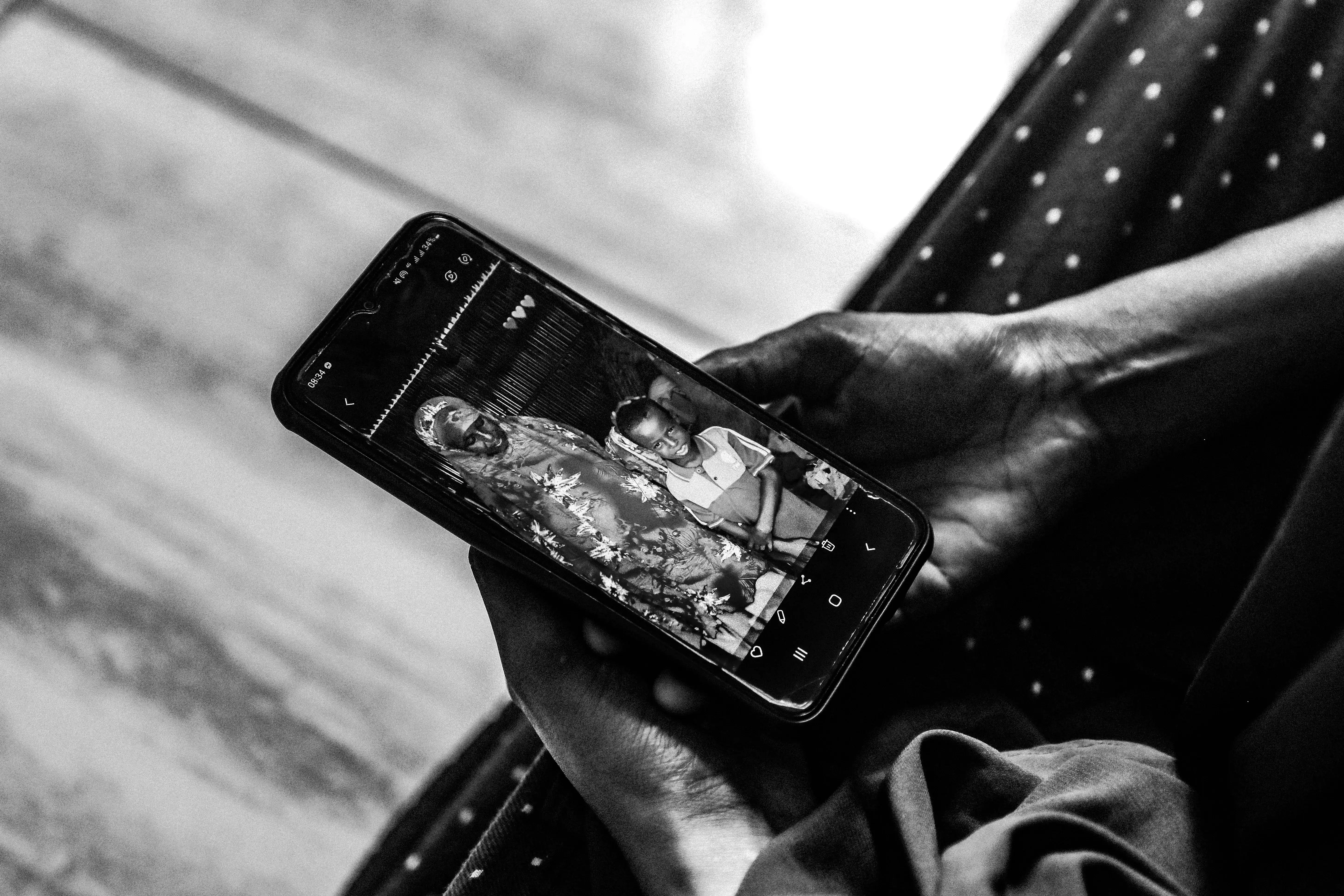
“Civilian Harm”
By Nick Turse for The Intercept
For Americans, it can be hard to reckon with the extent of harm caused abroad. This reporting illuminates the damage caused to families in war-torn communities. The article exposes the blatant disregard and negligence from the United States government around the repeated use of drone strikes.
—Katherine Jossi, Editorial and Communications Assistant

“Caliber 60: A Podcast About the Flow of Avocados, Guns and People”
By Stephania Corpi Arnaud, Toya Sarno Jordan for Texas Public Radio
Through deeply compelling and compassionate storytelling, this radio series beautifully explores connections between avocado farming in Mexico, the arms industry in the U.S., and the economic systems that fuel violence by armed groups in Mexico and migration by individuals who are forced to flee the violence.
—Fareed Mostoufi, Associate Director of K-12 Education/ Diversity, Equity, and Inclusion Lead
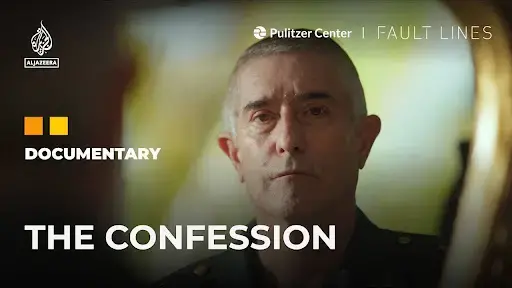
“The Confession: A Colombian Colonel Faces His Victims”
By Bruno Federico and journalists for Al Jazeera
Remarkable documentary facing the harsh reality of violence, human rights violations, and the horrible impact on the lives of families and victims, showcasing one of the darkest episodes of Colombia violence with a confession that opens doors to reconciliation and imagines new futures where forgiveness and peace can be possible.
—Jonatan Rodríguez, Outreach Program Manager, International Education and Outreach
Information and Artificial Intelligence
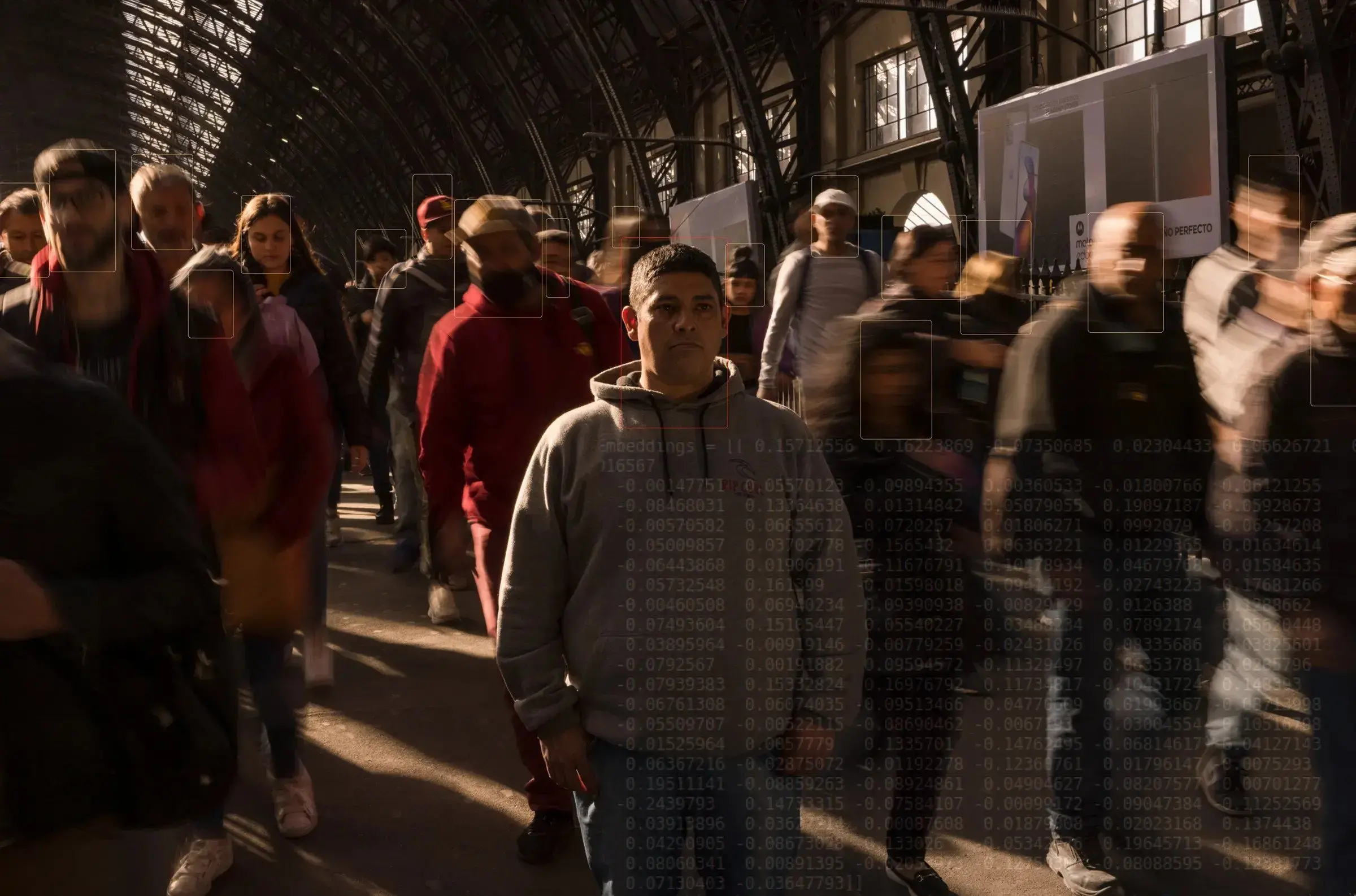
“The Twisted Eye in the Sky Over Buenos Aires”
By Karen Naundorf and Sarah Pabst for WIRED
Can surveillance for public safety be justified at the expense of arresting the wrong person for a crime they did not commit? This question lies at the core of this story. Who is accountable when the technology makes an error that costs a life-changing event for an individual? This is one of the few stories that attempt to hold the government and the technology they use accountable.
—Boyoung Lim, Senior Editor and AI Network Manager
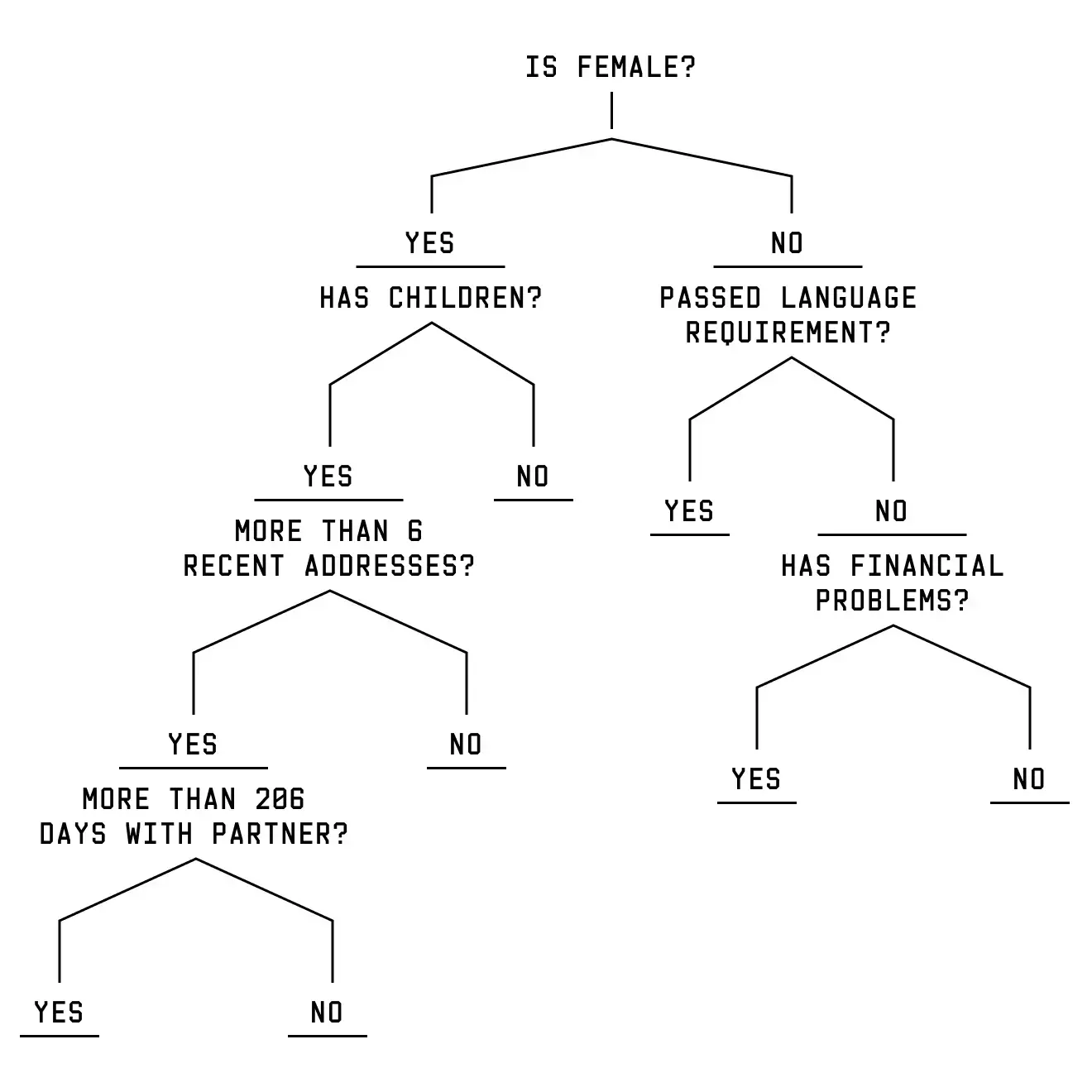
“Inside the Suspicion Machine”
By Gabriel Geiger and collaborators for Lighthouse Reports/WIRED
This investigation is a tour de force in algorithmic accountability reporting. Lighthouse Reports/WIRED’s reverse engineering of a welfare fraud algorithm revealed that the City of Rotterdam’s AI system discriminated based on ethnicity, gender, age, and parenthood, with devastating consequences for the most vulnerable residents.
—Marina Walker, Executive Editor
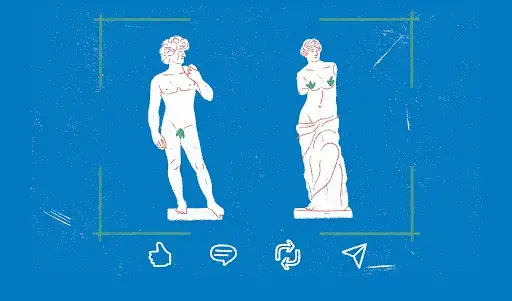
“‘There Is No Standard’: Investigation Finds AI Algorithms Objectify Women’s Bodies”
By Hilke Schellmann and Gianluca Mauro for The Guardian
The way Hilke Schellmann and Gianluca Mauro were able to tell a story that explains AI bias and how women's bodies are objectified by search engines and AI tools was outstanding. This kind of journalism brings people closer to the problem and makes them eager for a solution.
—Alonso Balbuena, Social Media Coordinator


